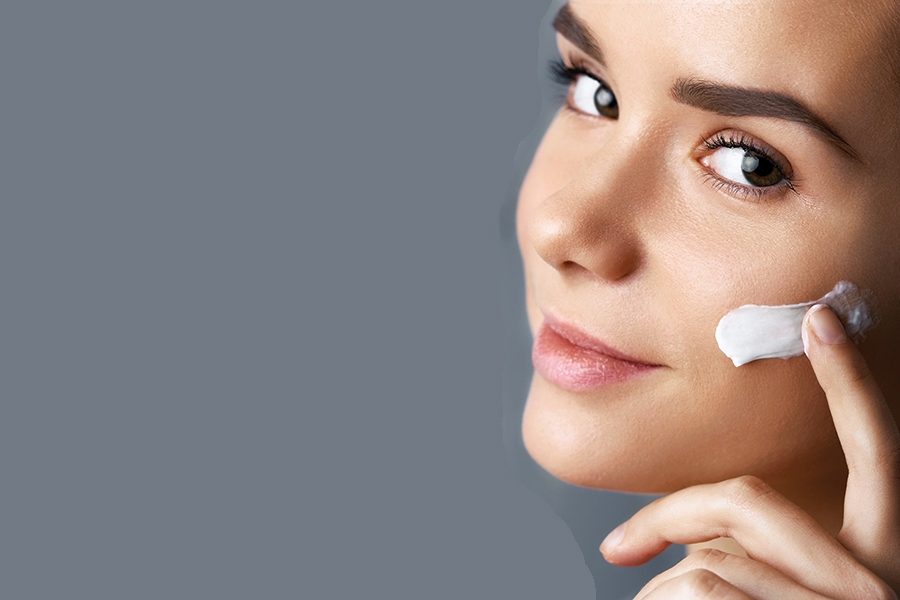What's the Difference? Chemical Sunscreens Versus Physical Sunscreens
Written by Liz Garrison, MBA, L.E., L.M.T., start-up spa product developer and educator in spa business development and managementSunscreen is necessary to prevent sunburns, premature aging, and skin cancer. It protects the face and body from the harmful rays of the sun when skin is exposed. Sun rays consist of several types of UVA and UVB light.
UVA rays cause premature aging by penetrating deep into the dermis. They change the way skin is generated by damaging live cells that will later come up to the surface.
UVB rays only penetrate the epidermis and cause burning of the skin’s surface.
According to the Skin Cancer Foundation, both UVA and UVB rays play a part in the development of cancer, as well as damage to the eyes and suppression of the immune system, reducing the ability to fight off infection.1
The good news is that every year, better and better sunscreens enter the market. There are currently 17 substances approved by the FDA to combat the harmful rays of the sun.1
There are two main types of sunscreen on the market approved by the FDA: chemical and physical. And, while there are many differences in the makeup of each type, they do the same basic thing: keep the sun’s rays from damaging skin.
CHEMICAL
Chemical sunscreen is a product that contains FDA-approved chemicals, such as oxybenzone and octocrylene, that form a thin layer on the skin to absorb ultraviolet radiation before it can penetrate. They turn UVA and UVB radiation from the sun into heat on the surface of the skin keeping the light rays from penetrating the epidermis (first layer) or dermis (bottom layer) of the skin.1
Chemical sunscreens are often used all over the body for sun protection and are likely to get washed off and need reapplication often.
Chemical sunscreens tend to be much less expensive and easier to apply than physical sunscreens. However, these sunscreens also absorb into all the layers of the skin and some of their ingredients are thought to be harmful.
PHYSICAL
Sunscreens that go under makeup and cannot be reapplied as often are mostly physical sunscreens.
Physical sunscreen is a product containing insoluble particles, such as titanium oxide or zinc oxide, that reflect ultraviolet radiation away from the skin.
This type of sunscreen is often used as sun protection in facial SPF products, lotions, creams, and even mineral foundation. It is also found in hand creams.
Physical sunscreens cause UVA and UVB sun rays to bounce off the skin. The rays cannot cause damage because they cannot penetrate the skin at all. Unlike chemical sunscreens, these sunscreens do not absorb the light rays.
These sunscreens are attractive to both skin care professionals as well as consumers because they require less frequent reapplication than a chemical sunscreen. They can be worn underneath makeup all day long.
Unfortunately, the titanium oxide and zinc oxide found in physical sunscreens tend to be light in color due to their reflective properties and take a long time to rub into higher Fitzpatrick skin tones. They can leave a light haze or glow on the skin.
As said before, both chemical and physical sunscreen prevent the sun’s rays from causing damage to skin. They both keep UVA and UVB rays from penetrating the skin to inflict damage such as premature aging, burning, and even skin cancer.
They can be purchased in many different brands and price-points. Many brands create a sunscreen for each part of the body, including the face and hands. Also, many of the latest sunscreens contain both a chemical and physical sun barrier.
Reference
1 “Skin Cancer Foundation.” Squamous Cell Carcinoma (SCC) - SkinCancer.org. Accessed February 11, 2019. https://www.skincancer.org/prevention/uva-and-uvb
